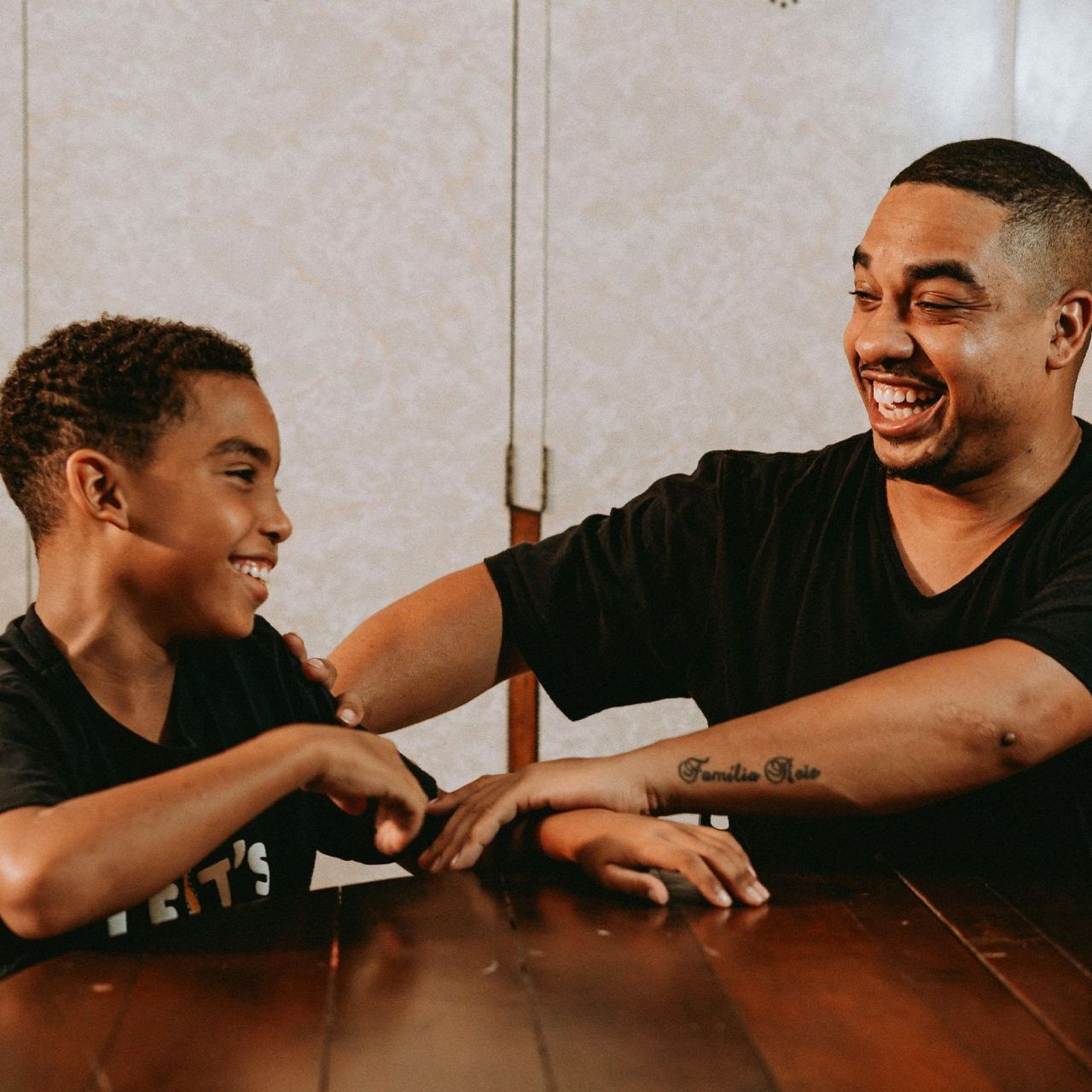Fun Activities to Teach Your Child About Money
We don’t have to tell you it’s important to teach your children basic money skills. The big stumbling block is how to do it. Research shows that parents are the number one influence on a child’s financial behavior. Here are a few of my favorite activities to teach kids about basic financial principles, including charitable giving, delayed gratification, budgeting, saving money, and compounding interest.
Paying It Forward (as young as 4 years old)
Start by talking your child through why we all need to give, and how even a few dollars can make a big difference to someone in need. Then announce your matching offer: For every quarter your kid saves for charity, you’ll put in a quarter of your own. Children as young as 4 years old can usually understand this concept and typically get excited about the project. Research local organizations known for using small amounts of cash to do big things for a greater impact (i.e nearby animal shelter).
The Butterfly Effect (4 - 6 years old)
Delayed gratification may be the most critical money related skill you can teach a child. For kids, there’s no more magical way to develop the necessary patience than with a simple, affordable butterfly hatchery. During the month long period before you see actual butterflies, your child will have to carry out some simple tasks, such as stocking the enclosure with fresh food, keeping the place moist, and cleaning up the frass (that’s caterpillar poop to novices). To celebrate each stage of development, agree to put a dollar in a jar so your child watches her savings grow along with her future butterfly.
Pie in the Sky (6 years and older)
Teach your child how to draw up and execute a budget with a quick visit to your local bakery. Let them pick out their favorite pie or dessert to begin the challenge. Can they bake the same treat for less? Head to the grocery store, armed with a recipe, to price each ingredient. If the total comes in under the bakery price, get cooking. If not, you’ll have to comparison-shop—can he find a less expensive vanilla extract?— until you hit on a way to do it for less.
Way More Interest-ing (7 years and older)
Compounding interest is a cornerstone of personal finance. Not only does our invested money earn interest, its interest earns interest as well. Since savings accounts these days fetch a measly 1 percent at most, demonstrate the principle with an exaggerated rate: 100 percent.
Start by giving your child a penny. Each day after, pay him interest equaling the amount they already have: On day two, give the child one more penny, bringing their total to two cents; on day three, give them two more. Stop on day 11, unless you’re willing to part with serious cash. By then, that penny will have grown to $10.24—all thanks to compounding interest.











